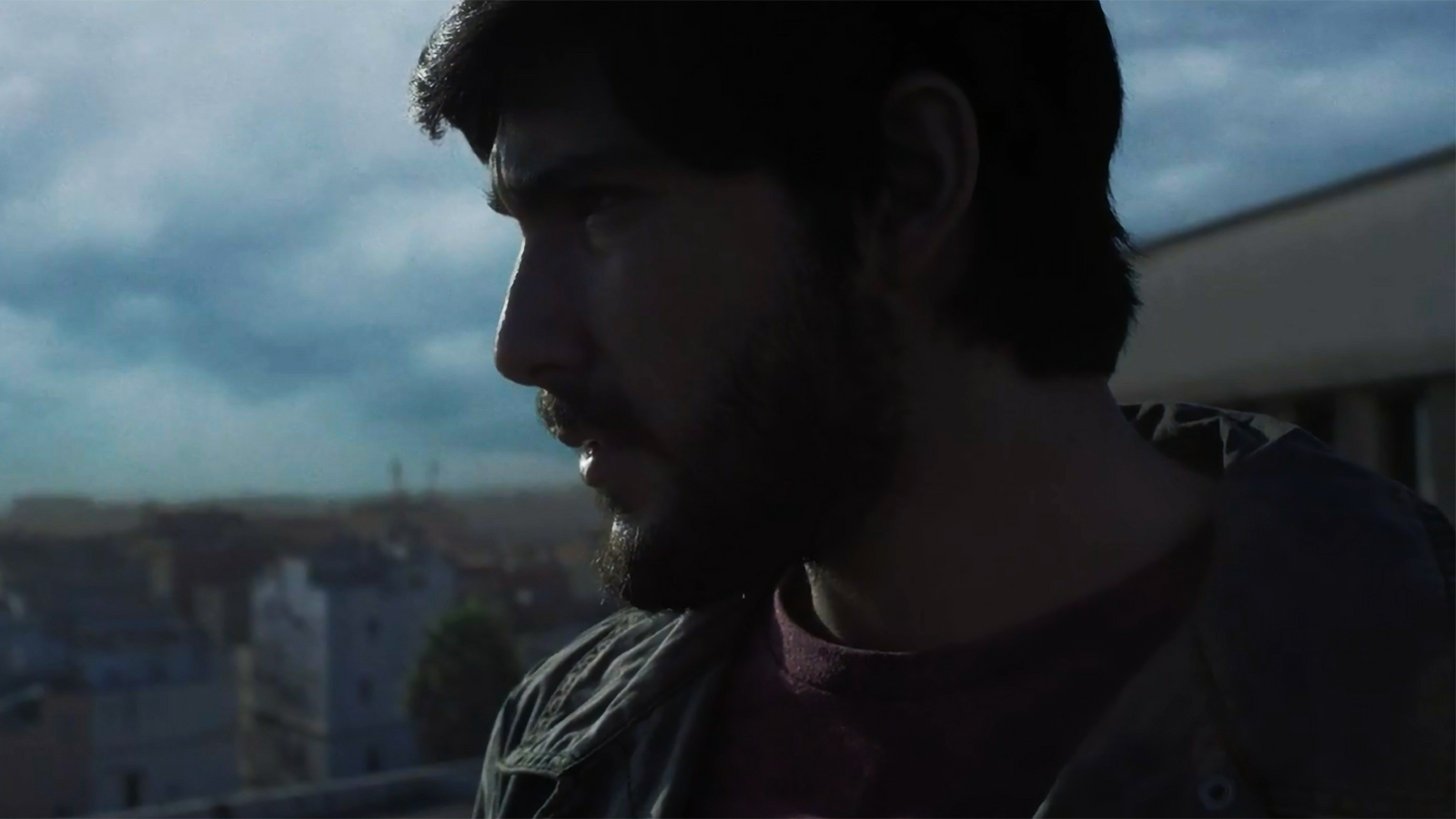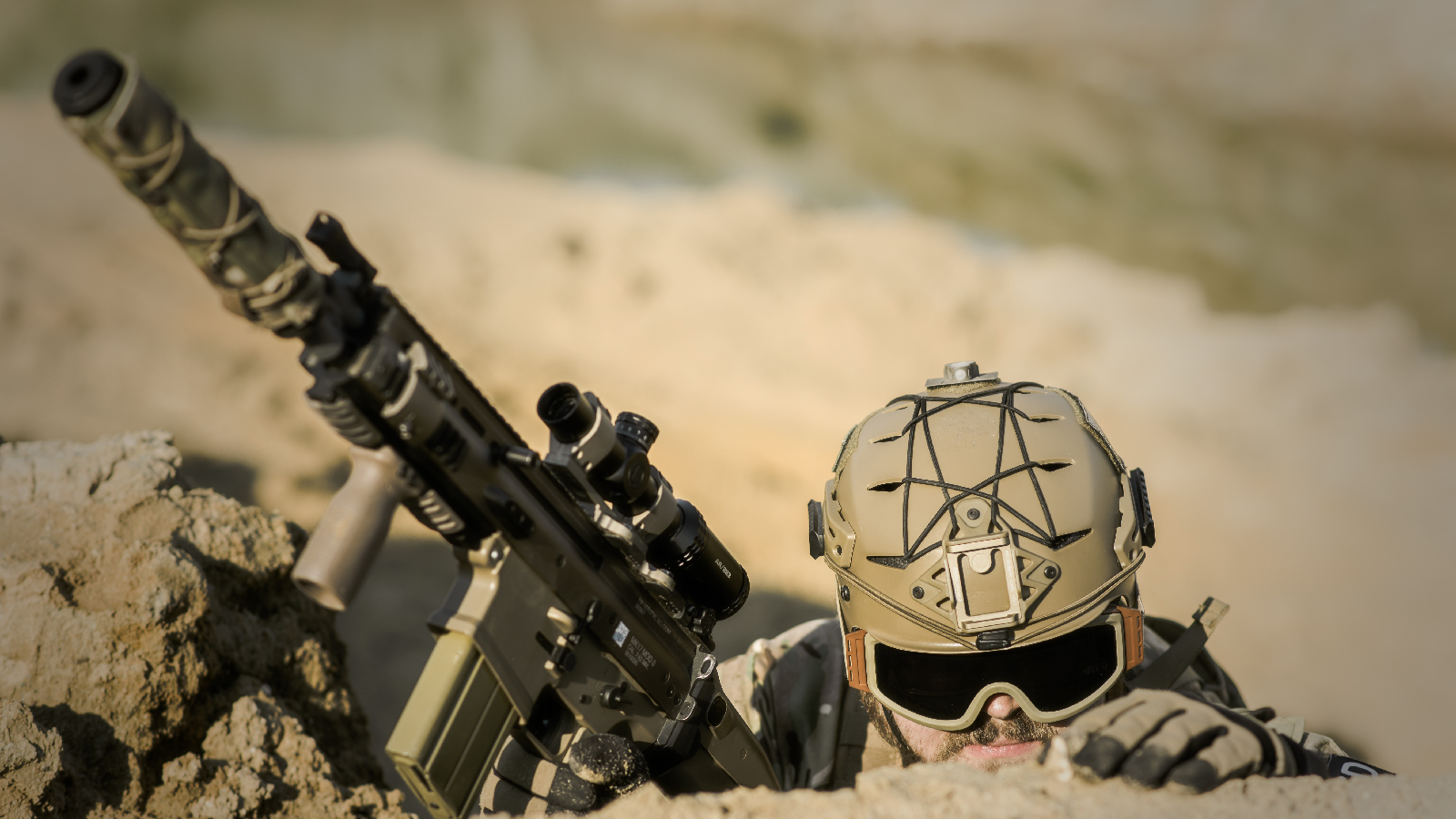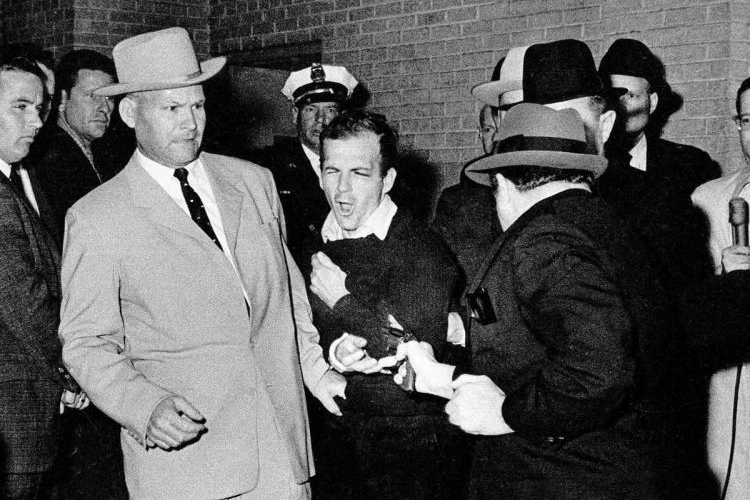It was all very orderly, until suddenly it wasn't. Law enforcement officials lined one side of the Dallas police office basement. Newsmen, cameras in tow, lined the other. They were all waiting for one man: Lee Harvey Oswald.
Two days before, Oswald had fired a quick succession of shots from an upper window in a downtown book depository, killing President John F. Kennedy and changing the course of American history. Now Oswald was going to be transferred to a county jail and the TV cameras would have another shot at the most infamous man in the country.
But on that Sunday morning in 1963 -- 54 years ago today -- someone else was also waiting for his chance.
When Oswald finally appeared, flanked by more law enforcement officers, he made his way down the gauntlet and towards a waiting car. At 11:21 a.m., when Oswald was just steps from the vehicle, a man suddenly stepped forward from the line of newsmen, rushed straight to Oswald and fired a single shot from a .38 caliber handgun into Oswald's gut. Dallas Times Herald photographer Bob Jackson's camera caught the expression of surprise and pain on Oswald's face at the moment of the attack. Less than two hours later, Oswald was declared dead.
Immediately after he fired, the killer was tackled by some of the policemen in the basement and taken into custody. Jack Ruby, as the man was identified, would be tried, convicted and sentenced to death for killing Lee Harvey Oswald. The verdict would be overturned on appeal, but before he could be retried, Ruby would die of cancer in a Dallas hospital in 1967.
The killing of Oswald deprived the U.S. of an exhaustive trial for the president's murderer and, in its stead, conspiracy theories blossomed. Ruby, many would say for decades later, had to have been in on a grander plot. He had to have been sent to silence Oswald, so the full story of the president's assassination would never get out.
An early biographical sketch of Ruby was published as part of the Warren Commission report, the official government investigative report into Kennedy's death. Though most of Ruby's life is relegated to an appendix, it's a 12,700-word appendix that delves into Ruby's family and employment history, and reaches as far back as his early education. (Ruby repeated the third grade, in case you were wondering.) It showed, according to the commission, that Ruby was a small-timer, not in on anything and, like Oswald, acted alone that fateful fall.
Ruby, born Jacob Rubenstein in 1911, lived in Chicago until he was drafted into the military in 1943 during the Second World War. He had managed to secure one deferment, purportedly for economic hardship, but was pulled in a few months later regardless. He was discharged in 1946 without apparently having seen combat.
The next year Ruby moved to Dallas, where he helped manage a nightclub before going on to manage two on his own. The clubs were his "primary source of income," the Warren report said. He tried other money-making schemes, but "almost all ended unsuccessfully."
At the clubs, Ruby was his own bouncer. "On about 15 occasions since 1950, he beat with his fists, pistol whipped, or blackjacked patrons who became unruly... However, many people stated that he employed more force than necessary, particularly because he often ended a fracas by throwing his victim down the stairs of the Carousel," the Warren report said, referring to one of Ruby's clubs.
Ruby considered himself a Democrat, same as Kennedy, but was not politically active. There was no evidence he was associated with Communists or radical political causes, the commission said. Ruby had known some people linked to the mob in his Chicago days, but the commission said he did not have any "significant" links to organized crime, despite some rumors to the contrary.
At the time of Kennedy's assassination, Ruby was in the advertising department of the Dallas Morning News, where he was placing ads for his nightclubs. Upon hearing that Kennedy had been shot, a witness said Ruby reacted with a look of "stunned disbelief."
The next day Ruby went to the site of Kennedy's death, where he "inspected the wreaths that had been placed in memory of the President and became filled with emotion while speaking with [a] police officer." By that evening, he allegedly told an acquaintance that he "had to do something." The next morning his roommate reported he was "mumbling" and "jabbering" as he paced his apartment.
The day he killed Oswald, Ruby read a letter someone had written, presumably in a newspaper, to Caroline Kennedy, the president's daughter, that Ruby said was heartbreaking. "...[T]he emotional feeling came within me that someone owed this debt to our beloved President to save her the ordeal of coming back [for Oswald's trial]. I don't know why that came through my mind," Ruby later told the Warren Commission.
When speaking with the Warren Commission, Ruby repeatedly demanded at one point to take a lie detector test to prove he was telling the truth. The commission acquiesced and, under questioning, Ruby denied knowing Oswald or being part of any larger plot. He said that he decided to shoot Oswald only hours before he did it. An expert, however, questioned the validity of the polygraph since some suspected Ruby was a type of "psychotic," which, if true, could render the test meaningless.
In the end, the commission found that "rumors of a connection between Ruby and Oswald have proved groundless, while examination of Ruby's background and associations, his behavior prior to the assassination, and his activities during the November 22-24 weekend has yielded no evidence that Ruby conspired with anyone in planning or executing the killing of Lee Harvey Oswald."
"Whatever the legal culpability of Jack Ruby for his act of November 24, the evidence is persuasive that he acted independently in shooting Oswald," the report says.
The Warren Commission report was published in 1964 and has been challenged extensively on a number of fronts in the more than half century since, including by those who remain convinced Jack Ruby was the final piece of a complex, secret operation to kill the president and tie up loose ends.
Ruby's name briefly appeared back in the news recently, when newly released documents revealed that an FBI informant alleged three years after the fact that Ruby had asked if he wanted to "watch the fireworks" on the day of Kennedy's assassination, and that Ruby was with the informant near the book depository building at the time of the shooting -- and not at the Dallas Morning News, as the Warren Commission reported.
[Do you have a tip or question for Code and Dagger? Reach us at CodeAndDagger@protonmail.com. And if you like what you read and want to help keep the site running (kind of) smoothly, click here to learn how you can lend your support. ]











